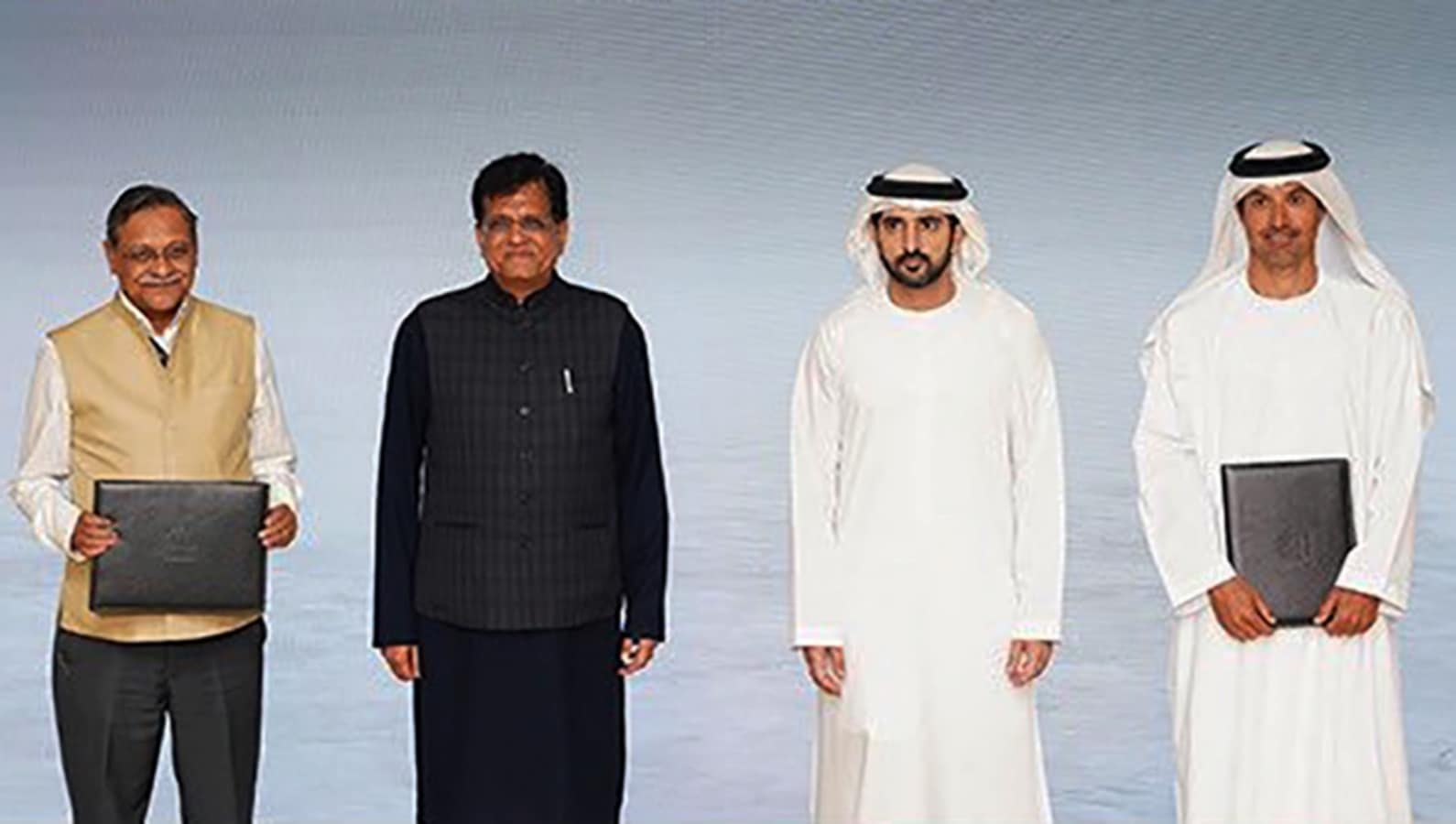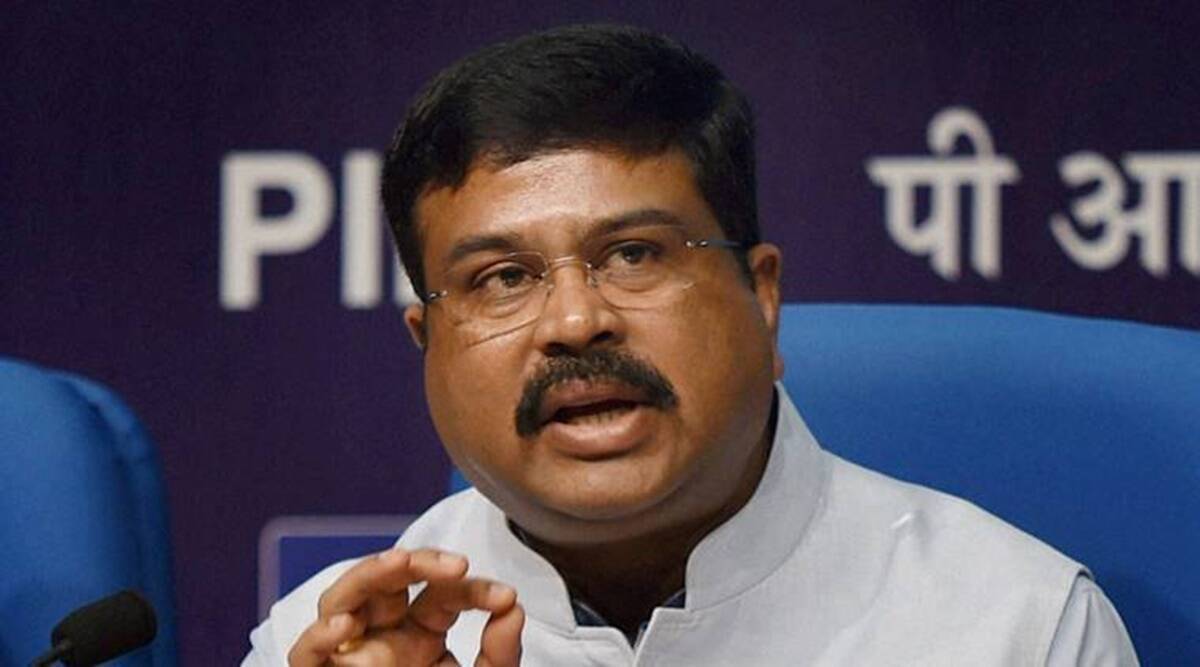The UGC has said varsities and higher education institutions across the country can now reserve 25 per cent of supernumerary seats for foreign students for their undergraduate (UG) and postgraduate (PG) programmes.
Indianexpress.com talked to the UGC Chairman, M Jagadesh Kumar, to understand the new guidelines and future plans for bringing more and more international students to Indian institutions. Jagadesh Kumar responded to the questions over an email.
Q: Before this, higher education institutions (HEIs) in India were admitting foreign students. What exactly changes with the new provision of supernumerary seats?
Jagadesh Kumar: From 2000 onwards, UGC has created a provision of 15 per cent supernumerary seats across different disciplines in educational institutions. In the present guidelines, there is a provision for 25 per cent supernumerary seats for international students in HEIs.
Regarding admissions, present guidelines provide that Indian HEIs may admit international students based on the equivalence of entry qualifications held by them. The equivalence is to be determined by the University Grants Commission (UGC) or any other body recognised by the UGC for such purpose or the concerned regulatory bodies of the country. HEIs may adopt a transparent admission process for admitting international students.
Q: How will these new regulations attract international students, especially from developed countries? Will there be any scholarships/fellowships too for international students?
Jagadesh Kumar: Depending on the availability of infrastructure and qualified faculty, HEIs can distribute these 25 per cent seats among all departments, schools, centres or any other academic unit wherever possible.
It is up to the HEIs to decide whether they would like to provide scholarships and fellowships to foreign students. However, even in foreign universities, very rarely scholarships are given at UG and PG levels.
Q: Will this seat reservation be valid for all UGC recognised HEIs or will it be limited to HEIs of a certain NIRF rank or NAAC grade?
Jagadesh Kumar: Yes, these guidelines will be applicable to all UGC-recognised HEIs.
Q: What is the definition of foreign students?
Jagadesh Kumar: International students, in the context of these guidelines, are defined as the ones who shall possess a foreign passport.
Q: Some may criticise this move saying these resources could have been used to add seats for more Indian students. Your comments on this.
Jagadesh Kumar: The existing seats for Indian students will not be affected due to present guidelines. For international students, 25 per cent of supernumerary seats are provided over and above their total sanctioned enrolment for Undergraduate and Postgraduate programmes in HEIs. In addition, the presence of foreign students on our campuses will help us integrate the international and intercultural dimensions in higher education. That is why UGC is encouraging all good HEIs to work towards increasing the number of foreign students on our campuses.
Q: Are you hoping the new regulations will help bring back the number of international students to what it was in the pre-pandemic years?
Jagadesh Kumar: Yes. The guidelines have been framed with an objective to:
1. Facilitate a smooth and simple admission of international students to higher educational institutions in India.
2. Create a favourable environment for attracting international students to the Indian higher education system.
3. Make India a preferred destination for international students.
Q: When it comes to making India a preferred destination for international students, what other plans have UGC chalked out?
Jagadesh Kumar: Internationalisation of higher education is an essential aspect of the National Education Policy (NEP) 2020. The need to internationalise certain aspects of higher education, while making all higher education relevant internationally has been a major area of focus, so as to integrate an intercultural dimension in higher education.
UGC had issued guidelines for the internationalisation of higher education in India on July 29, 2021. These guidelines enumerate various strategies and initiatives, and provide an excellent opportunity through a wide array of activities such as internationally relevant curricula. Brand building of Indian higher education institutions abroad, academic and research collaboration with foreign universities, credit recognition under twinning arrangements, a global citizenship approach and engaging with foreign alumni.
The guidelines provide an excellent opportunity for global outreach of Indian higher education institutions. The guidelines also provide for the setting up of an ‘Office for International Affairs’ in HEIs to facilitate and operationalise matters pertaining to internationalisation.
!function(f,b,e,v,n,t,s)
{if(f.fbq)return;n=f.fbq=function(){n.callMethod?
n.callMethod.apply(n,arguments):n.queue.push(arguments)};
if(!f._fbq)f._fbq=n;n.push=n;n.loaded=!0;n.version=’2.0′;
n.queue=[];t=b.createElement(e);t.async=!0;
t.src=v;s=b.getElementsByTagName(e)[0];
s.parentNode.insertBefore(t,s)}(window, document,’script’,
‘https://connect.facebook.net/en_US/fbevents.js’);
fbq(‘init’, ‘444470064056909’);
fbq(‘track’, ‘PageView’);






